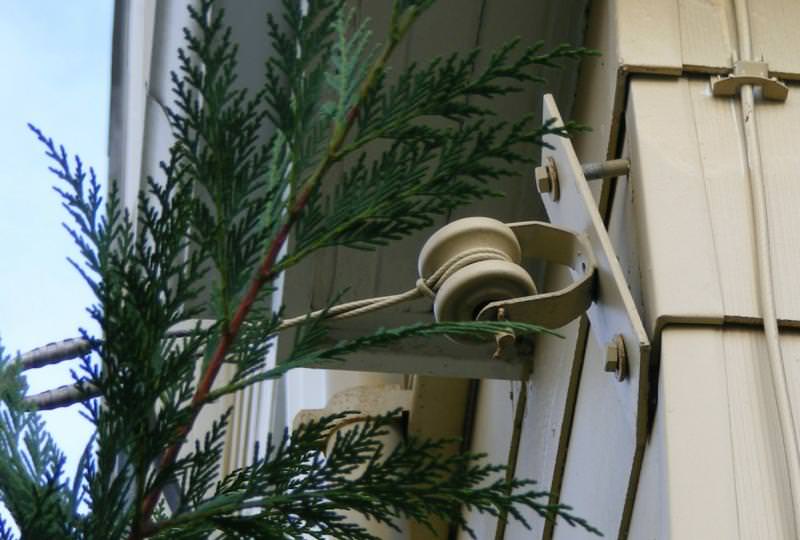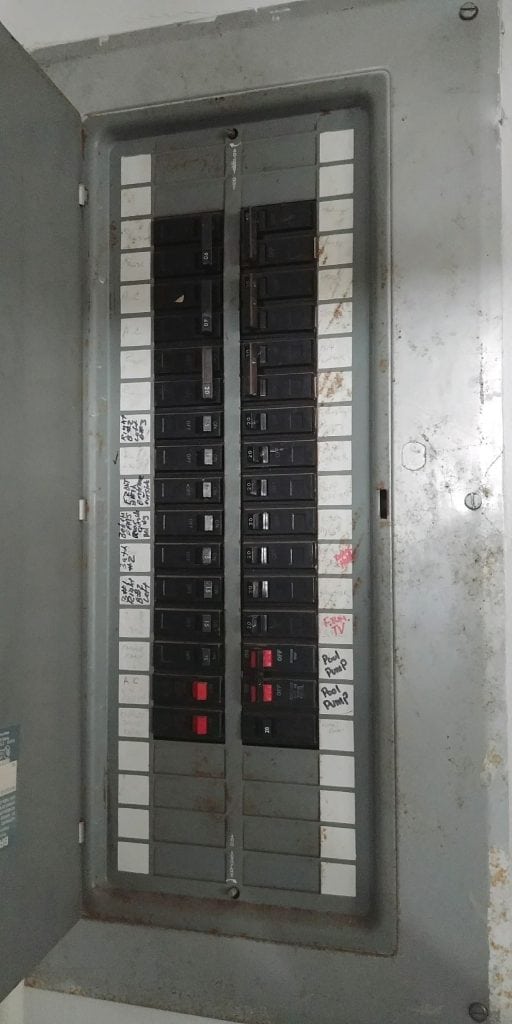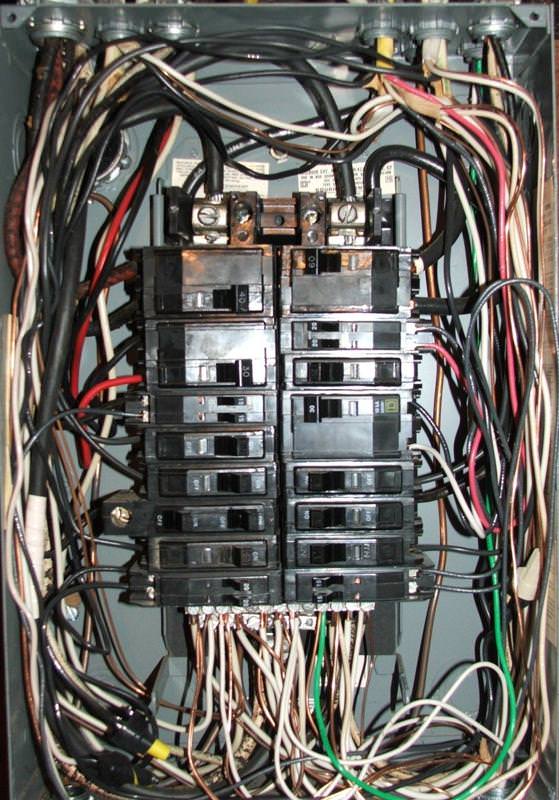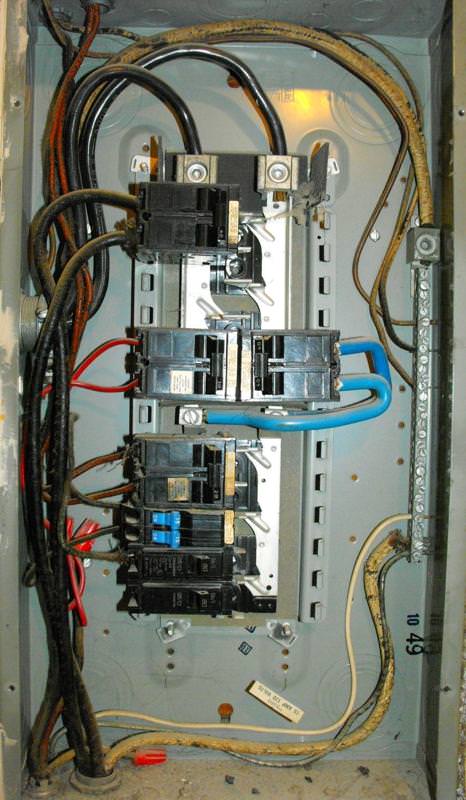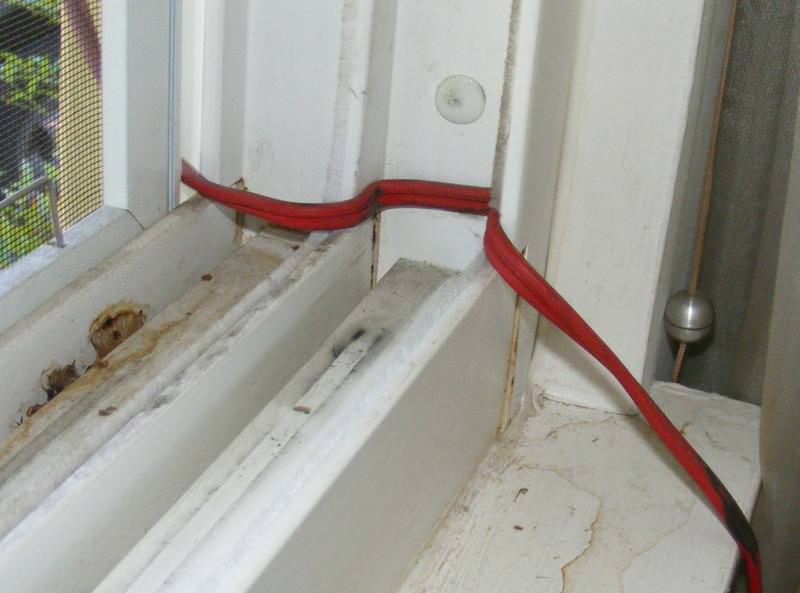
As a Seattle Home Inspector it is very common for me to find where people who want to have electricity at a location, where there isn’t any, to use an extension cord to get it there. We all have extension cords. Extension cords are very handy. We have them for the electric lawn mower, the Christmas lights, the weed whacker, and the block-heater on the old Mercedes Diesel.
These cords only become a problem when we decide to make them permanent—-like under the asphalt driveway, or under carpeting, or buried under the lawn to the water feature in the back yard.
Another example is to permanently install the cord to supply power to the overhead garage door opener or around the inside of the garage to the refrigerator.
Extension cords are designed to be in “free-air” so that they stay cooler.
In other words, when we bury them in dirt, paint them to the baseboard, or run them under carpets, they can no longer cool themselves as they are designed to do. In effect they become “undersized for the circuit they are installed on. Did you ever notice that most of these cords are smaller gauge wire than the circuit they are installed on? The only reason you can get away with this is that they are in “free air,” and are allowed to be a smaller gauge. When we restrict this air flow we get overheating. Overheating leads to melting. Melting leads to the neutral wires and hot wires coming in contact with each other—-“bad electrical juju.” Very unpleasant odors, and even flames are common when this happens.
Here is a recent picture of an improper use of an extension cord. I would like to think this would NOT look OK to anyone.
And yet—someone must have thought it was OK.
****
Charles Buell, Seattle Home Inspector
If you enjoyed this post, and would like to get notices of new posts to my blog, please subscribe via email in the little box to the right. I promise NO spamming of your email


